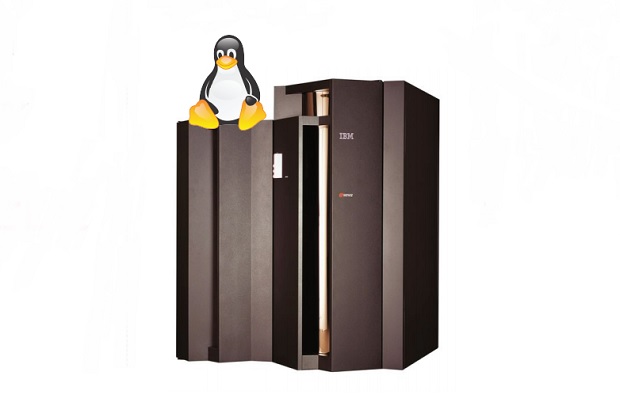
It’s hard to believe it’s been 20 years since IBM and the open source community first brought Linux to IBM Z.
For decades, IBM Z has been enabling more than two-thirds of the Fortune 100 protect their highly sensitive data on the world’s most secure platform — which has helped establish the mainframe as an enduring platform alongside middleware and services. Starting with Java in the late 1990s, IBM saw an opportunity to solve a major problem in the business world — bridging the gaps between existing technologies in their data centers and new business channels like the Internet.
Similar to our bet on Java, we saw Linux as the next big shift where our clients were headed — as then-CEO Lou Gerstner said, “doing the same for business applications what the Internet did for enterprise applications.” A pioneering project at IBM’s development labs led to a remarkable synergy between IBM’s Z enterprise servers and the emerging Linux operating system.
Fast forward to five years ago, when with the announcement of IBM LinuxONE we took another giant leap to meet clients where they wanted to go — introducing Linux-only enterprise servers to new markets and workloads. Sometimes it’s hard to even imagine how far we’ve come since then. And we’re just getting started.
Today, we’ve reached another significant inflection point — what IBM is calling the fourth platform: hybrid cloud. For us, the message is simple: IBM Z will play a critical role in helping our clients take this next step to modernize, build and manage cloud-native applications on enterprise systems — all tied together by Red Hat OpenShift and IBM Cloud Paks.

Linux-driven growth is at the heart of this initiative. As I write this, more than 35 percent of total installed processor capacity runs Linux, with Linux capacity increasing 55 percent year-over-year. For the same reason we bet big on Linux 20 years ago, Linux is the perfect vehicle to help our clients modernize applications in place.
Linux on Z is underpinned by the highest levels of security, built with cloud-native capabilities and embracing open source and DevOps. For this reason, we’re also continuing to embrace other Linux distributions such as SUSE and Ubuntu, which are important partners in helping us drive the acceleration of Linux on Z.
What’s most exciting to me are the new Linux workloads we’re seeing on the platform. I’ve talked with more healthcare and fintech startups in emerging industries like digital asset custody in the past three years than previously in my entire 40-plus IBM career.
For example, we’re working with clients like DACS and Hex Trust, who are adopting LinuxONE for the same banking-grade security and scalability used in financial institutions and are applying it to cryptocurrencies.
We’re also working with the UK-based cloud service provider and systems integrator Cognition Foundry, which wanted to democratize access to enterprise computing and help pioneering startups like Plastic Bank and Newlight Technologies convert brilliant ideas into reality.
Plastic Bank uses networks of recycling stations in developing nations to help clean up the planet while empowering people to lift themselves out of poverty by collecting plastic waste. Newlight Technologies which uses blockchain-backed technologies to turn greenhouse gases into biomaterials. Both Plastic Bank and Newlight Technologies are using IBM LinuxONE.
Here’s to the next 20 years of Linux on the IBM mainframe!
The author is the general manager for IBM Z




